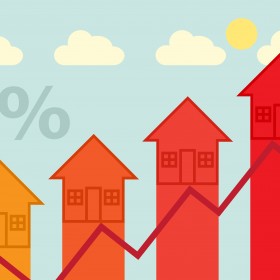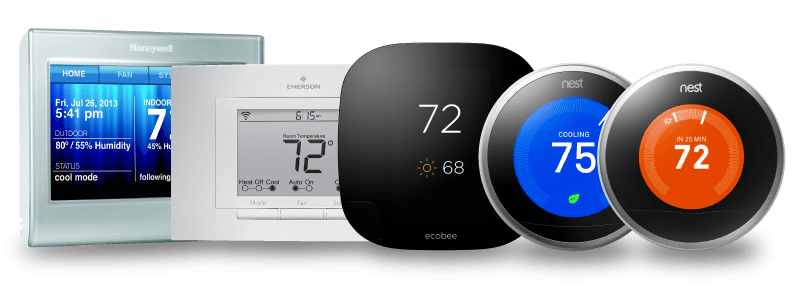Over the past decade, the cost of energy and gas in Australia has ballooned sharply. With indications those prices will continue to rise in the coming years, it can be a little daunting to consider just how much we’re spending on energy each year.
On average, household electricity prices have risen 72%, and household gas prices have increased by 54% over the last 10 years. Businesses have seen a 60% rise in electricity, and 29% for gas.
Above: 2003 – 2013 Gas & Electricity price increases in Australia – Australian Bureau of Statistics
Understanding your Bill and the rising cost of energy
First it’s important to understand how your electricity bill works. You’re likely buying your energy from a retailer, which has been purchased from a wholesaler. You have to pay both the wholesale portion of the bill, and the retail portion.
The wholesale component of your bill is essentially the cost of electrical generation and gas extraction. The retail component includes operational costs such as meter readings, billing and marketing as well as network costs which includes infrastructure – powerlines and pipes.
As Australia inches closer towards a renewable energy model, the costs associated with that model are also passed onto the consumer. Whether it’s contributing to infrastructure, government regulated incentives for renewable energy generation or advertising associated to promoting renewable sources – that’s something the community pays for at large.
When all is said and done, the cost of electrical generation and gas extraction (wholesale) and network delivery (retail) accounts for around 75% of the final numbers you see on your energy bill.
So, why the rise?
The wholesale energy market is highly competitive, and mostly unregulated. Price caps exist, but they are very high. The prices are based largely on demand, and with a documented decline in energy consumption throughout Australia, prices have increased in order to offset the hefty costs associated with mainly coal fired generators which are now hardly profitable.
Somewhat ironically, electricity demand has decreased in part because consumers are more conscious of their consumption due to the rising cost of energy – bit of a catch 22! And Australian energy efficiency programs have seen the production of highly efficient residential and commercial electrical products and equipment (note the energy rating on your whitegoods) which has also seen a significant decrease in demand.
While the population continues to grow, our energy consumption is actually on the decrease. Billions of dollars that have been invested in power generation are surplus to demand, with almost 20% of the installed capacity not needed! This cost will need to be absorbed by increased wholesale prices for at least the next decade.
Above: 1999-2015 total annual energy consumption in the National Electricity Market based on generated energy per financial year and measured in Terawatt hours – Australian Energy Regulator
How can I protect myself?
Unfortunately we can’t control the wholesale prices, but there are new programs becoming available in Australia that can help negotiate better rates from retailers and cut out some of the excess expenses we see on our final energy bills.
Bulk Buying programs mean companies like Bulk Energy connect with people and small business owners like you so we can take the power of numbers directly to energy retailers and negotiate competitive rates for large groups of consumers.
Join the movement today.
Looking for more ways to save on your energy bills? Check out our top 5 ways to save on your Energy bill in Winter or read our blog.










